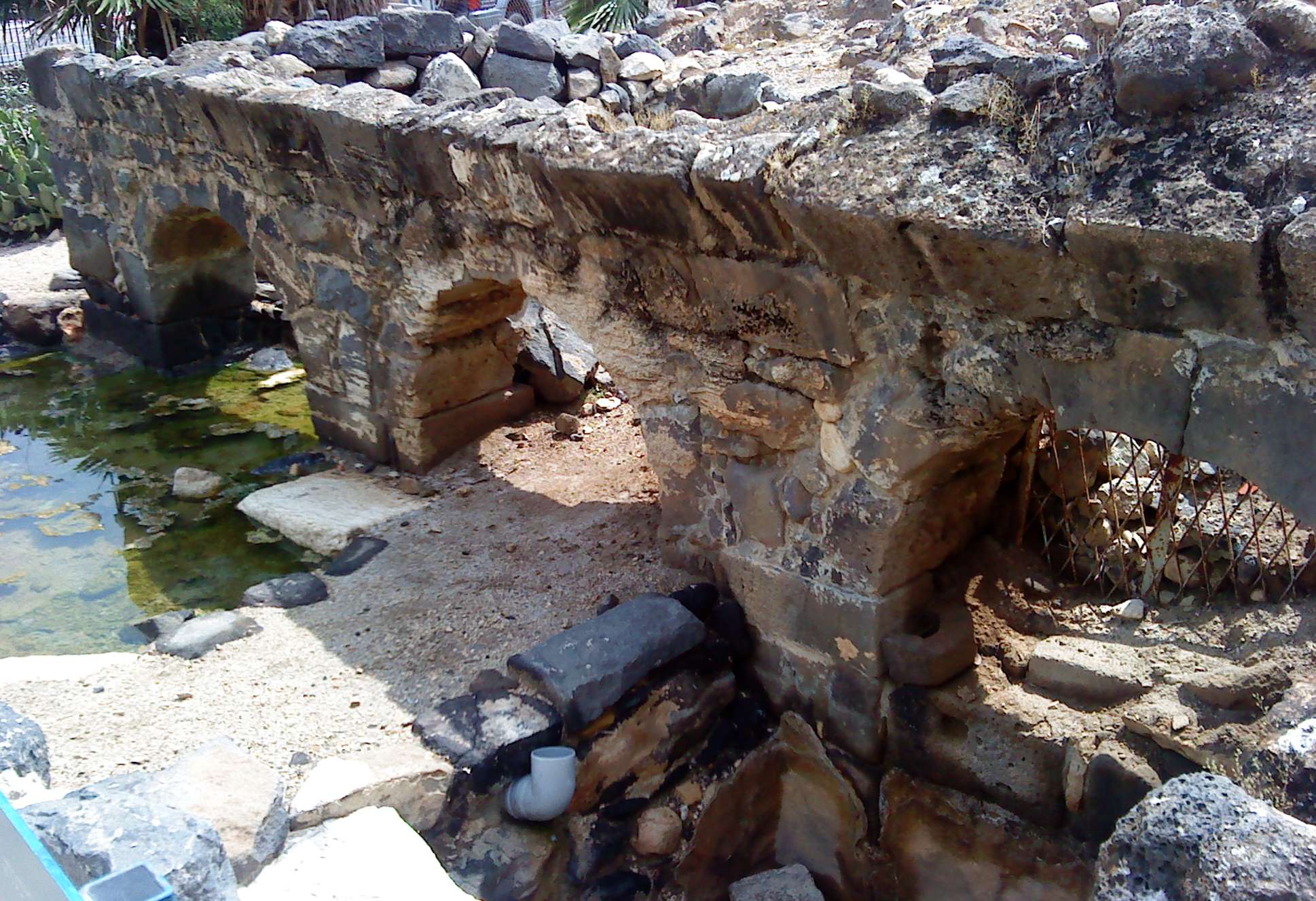|
Ethrog
Etrog ( he, אֶתְרוֹג, plural: '; Ashkenazi Hebrew: ', plural: ') is the yellow citron or ''Citrus medica'' used by Jews during the week-long holiday of Sukkot as one of the four species. Together with the ''lulav'', '' hadass'', and '' aravah'', the ''etrog'' is taken in hand and held or waved during specific portions of the holiday prayers. Special care is often given to selecting an ''etrog'' for the performance of the Sukkot holiday rituals. Etymology The romanization of the Hebrew word as ''etrog'' according to the Sephardic pronunciation is widely used. The Ashkenazi Hebrew pronunciation is ''esrog'' or ''esrig''. It has been transliterated as ''ethrog'' or ''ethrogh'' in scholarly work. The Hebrew word is thought to derive from the Persian name for the fruit, ''turunj'' (), likely borrowed via Aramaic. The Arabic word ''utroj'' or ''etroj'' (or etrog in Egyptian Arabic) أُتْرُجِّ means ''Citrus medica''. Taxonomy In Modern Hebrew, ''etrog'' is the na ... [...More Info...] [...Related Items...] OR: [Wikipedia] [Google] [Baidu] |
Citrus Medica
The citron (''Citrus medica''), historically cedrate, is a large fragrant citrus fruit with a thick Peel (fruit), rind. It is said to resemble a 'huge, rough lemon'. It is one of the Citrus taxonomy#Citrons, original citrus fruits from which all other citrus types developed through natural hybrid speciation or artificial Hybrid (biology), hybridization. Though citron cultivars take on a wide variety of physical forms, they are all closely related genetically. It is used in Asian cuisine, traditional medicines, perfume, and religious rituals and offerings. Hybrids of citrons with other citrus are commercially more prominent, notably lemons and many Lime (fruit), limes. Etymology The fruit's English name "citron" derives ultimately from Latin, ''citrus'', which is also the origin of the genus name. Other languages A source of confusion is that '':wikt:citron, citron'' in French and English are false friends, as the French word refers to the lemon, while the English word is t ... [...More Info...] [...Related Items...] OR: [Wikipedia] [Google] [Baidu] |
Citron
The citron (''Citrus medica''), historically cedrate, is a large fragrant citrus fruit with a thick rind. It is said to resemble a 'huge, rough lemon'. It is one of the original citrus fruits from which all other citrus types developed through natural hybrid speciation or artificial hybridization. Though citron cultivars take on a wide variety of physical forms, they are all closely related genetically. It is used in Asian cuisine, traditional medicines, perfume, and religious rituals and offerings. Hybrids of citrons with other citrus are commercially more prominent, notably lemons and many limes. Etymology The fruit's English name "citron" derives ultimately from Latin, ''citrus'', which is also the origin of the genus name. Other languages A source of confusion is that ''citron'' in French and English are false friends, as the French word refers to the lemon, while the English word is translated ''cédrat''. Indeed, into the 16th century, the English name ''citron'' ... [...More Info...] [...Related Items...] OR: [Wikipedia] [Google] [Baidu] |
Greek Citron
The Greek citron variety of ''Citrus medica'' ( el, κιτριά, he, אתרוג קורפו or יְוָנִי) was botanically classified by Adolf Engler as the ''"variety etrog"''. This is remarking on its major use for the Jewish ritual etrog during Sukkot. It was also called ''pitima'', or the ''cedro col pigolo'' ("citron with a pitom"), because of its usually persisting pitom (carpel). The last does not only enhance its character, but also adds Halachic promotion. Description and illustration The following description is from the Nurenbergische Hesperides (2nd Volume; 8th Chap.) by Johann Christoph Volkamer, titled "About the ''Cedro col Pigolo''". He was growing that kind in his botanical garden in Nuremberg, and writes that it can also be called the "Jewish Citron", since it is mostly used for the four species. ''This tree does not become particularly big. The leaves are smaller than those of other citrons, and serrated, oblong, pointed towards the front, mixed with ... [...More Info...] [...Related Items...] OR: [Wikipedia] [Google] [Baidu] |
Hamat Tiberias
Hammath Tiberias or Hammat Tiberias is an ancient archaeological site and an Israeli national park known as Hamat Tverya National Park, which is located on the adjacent to Tiberias on the road to Zemach that runs along the shore of the Sea of Galilee. Name ''Hammath'' or ''Hamma'' is the Hebrew and Semitic word for "hot spring." Hammat Tiberias is adjacent to the ancient city of Tiberias, which was established in the first century CE and is called in Hebrew "Tveriya," thus the springs and the resort are called Hammei Tveriya. Since several places bore the name "Hammath", the distinction was made here by adding Tiberias/Tveriya to the name. Spelling varies for both parts of the Hebrew name. The Arabic name uses the cognate word: '' Al-Hammam''. History The 17 springs of Hamat Tiberias have been known since antiquity for their curative properties. According to the Jerusalem Talmud, a village once rested upon the site and was distinct from Tiberias. The site was rediscovered i ... [...More Info...] [...Related Items...] OR: [Wikipedia] [Google] [Baidu] |




